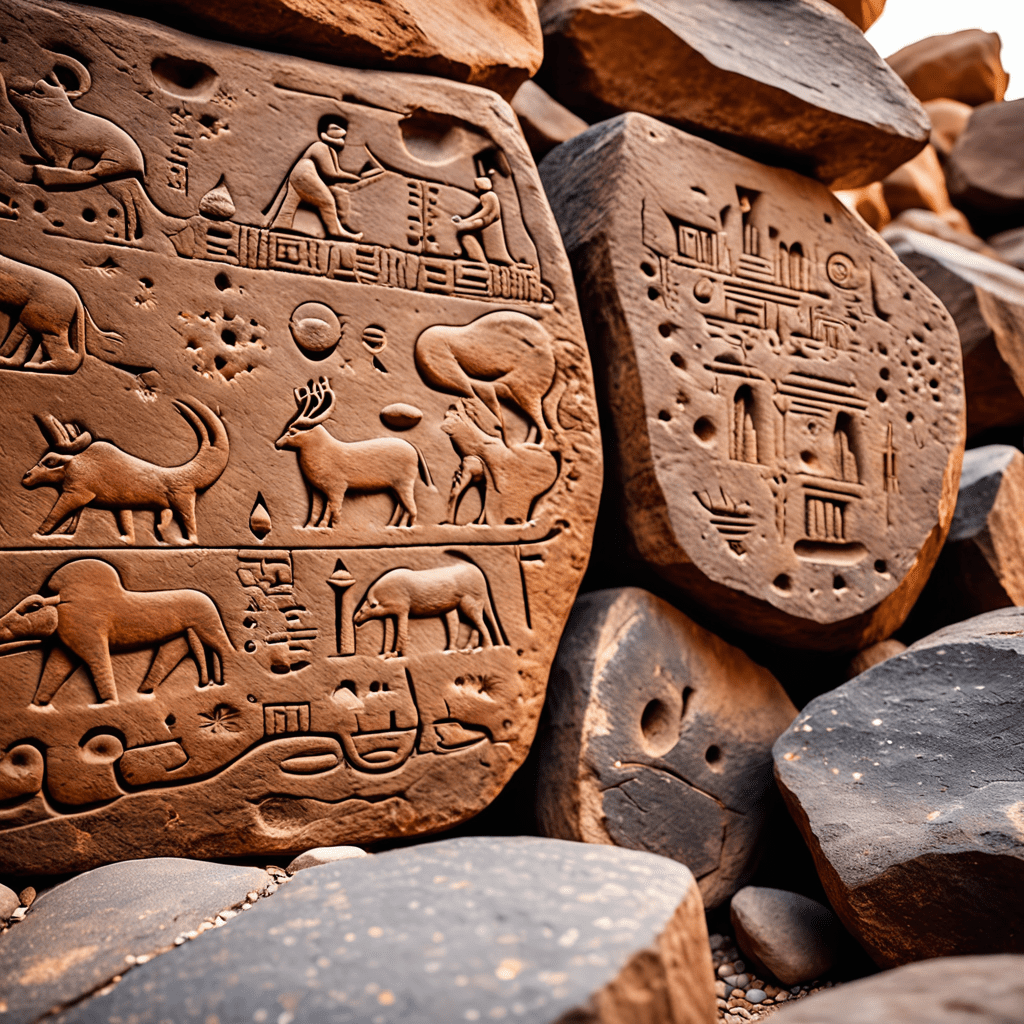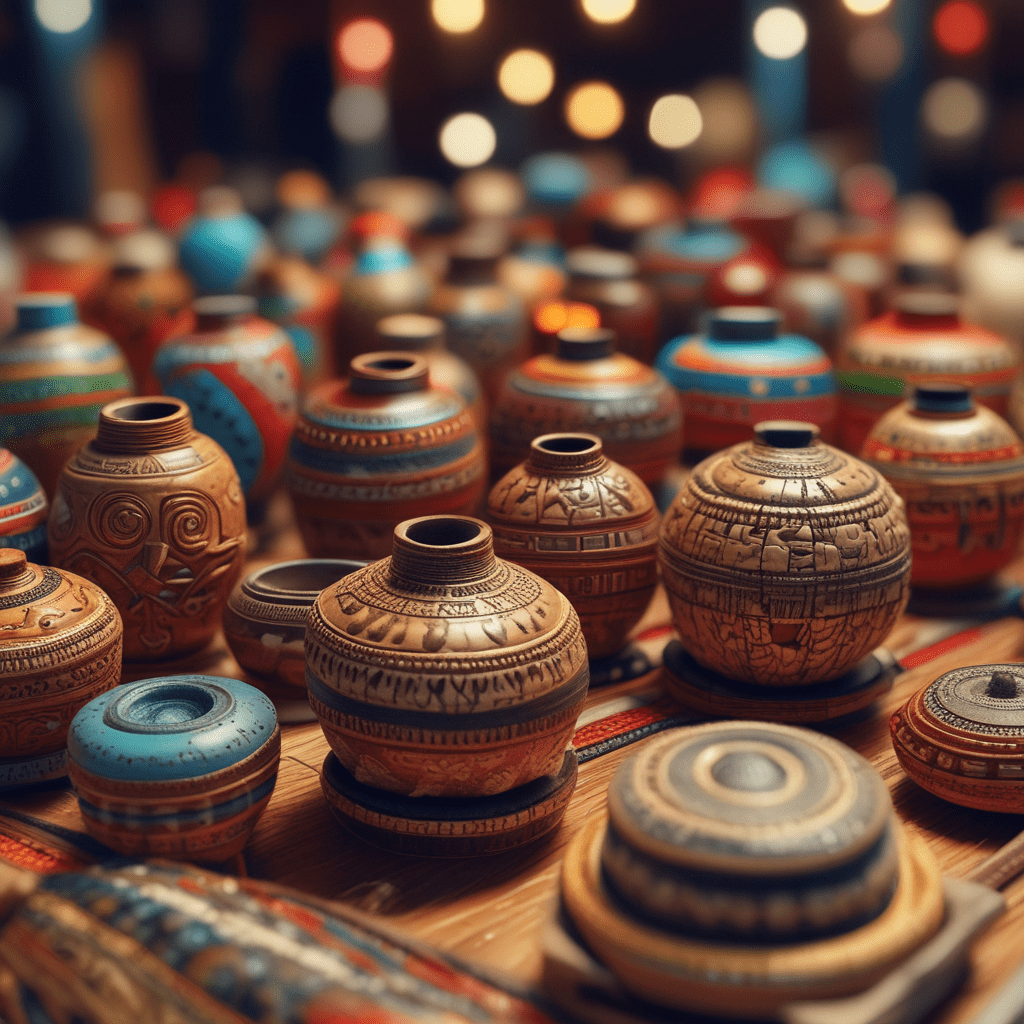Discovering the Beauty of the Tassili n’Ajjer Petroglyphs
The Enigmatic Art of Tassili n’Ajjer
Situated in the heart of the Sahara Desert in Algeria, Tassili n’Ajjer is a vast plateau renowned for its outstanding beauty and cultural significance. One of the most captivating features of this UNESCO World Heritage Site is its ancient rock art – the petroglyphs. These petroglyphs, dating back thousands of years, offer a fascinating glimpse into the lives and beliefs of the ancient peoples who once roamed this rugged landscape.
A Window to the Past
The petroglyphs of Tassili n’Ajjer hold a rich tapestry of images depicting scenes of daily life, rituals, animals, and mythical beings. These incredible artworks were created by the ancient inhabitants of the region using primitive tools to etch figures and symbols onto the rock surfaces. Each petroglyph tells a story, offering invaluable insights into the history and culture of the people who inhabited this area in ancient times.
Exploring the Petroglyphs
Embarking on a journey to explore the petroglyphs of Tassili n’Ajjer is a truly awe-inspiring experience. As you traverse the rocky terrain and encounter these ancient artworks, you can’t help but marvel at the skill and creativity of the artists who created them. The sheer number and variety of petroglyphs scattered throughout the plateau are a testament to the rich cultural heritage of the region.
Understanding the Symbols
The petroglyphs of Tassili n’Ajjer are not merely random drawings on rocks; they are a form of communication, conveying important messages and beliefs. By studying the symbols and motifs depicted in the petroglyphs, researchers have been able to unravel the mysteries of the past, gaining insight into the religious, social, and artistic practices of ancient civilizations.
Preserving a Cultural Treasure
While the petroglyphs of Tassili n’Ajjer have survived for thousands of years, they are not immune to the threats of modernity. Factors such as climate change, vandalism, and erosion pose significant risks to these precious artworks. Efforts are underway to preserve and protect the petroglyphs, ensuring that future generations can continue to marvel at the beauty and significance of this ancient art.
A Journey Through Time
Visiting the Tassili n’Ajjer plateau and exploring its petroglyphs is more than just a sightseeing adventure – it’s a journey through time. As you stand before these ancient artworks, you can’t help but feel a deep sense of connection to the people who carved them thousands of years ago. The beauty and complexity of the petroglyphs serve as a reminder of the enduring legacy of the past.
Conclusion: Uncovering the Magic
The Tassili n’Ajjer petroglyphs are not just mere rock carvings; they are portals to a bygone era, offering us a glimpse into the hearts and minds of our ancestors. By discovering and appreciating the beauty of these ancient artworks, we can gain a deeper understanding of our collective human history and heritage. The Tassili n’Ajjer petroglyphs stand as a testament to the enduring power of art and storytelling, inviting us to unlock the magic of the past.
Frequently Asked Questions (FAQ) About Tassili n’Ajjer Petroglyphs
What are Petroglyphs?
Petroglyphs are rock carvings or engravings made by prehistoric peoples on natural rock surfaces. They often depict various subjects such as animals, humans, symbols, or scenes from daily life.
Where is Tassili n’Ajjer located?
Tassili n’Ajjer is a vast plateau situated in southeastern Algeria, in the heart of the Sahara Desert. It is renowned for its remarkable rock art galleries featuring thousands of ancient petroglyphs and rock paintings.
What makes Tassili n’Ajjer Petroglyphs special?
The Tassili n’Ajjer Petroglyphs are exceptional due to their sheer number, diversity, and age. Dating back thousands of years, these artworks offer a glimpse into the life, beliefs, and cultural practices of ancient societies.
How can I visit the Tassili n’Ajjer Petroglyphs?
Visiting the Tassili n’Ajjer Petroglyphs requires proper planning and arrangements. It is advisable to join guided tours or hire local guides familiar with the terrain to explore this UNESCO World Heritage Site safely and responsibly.



